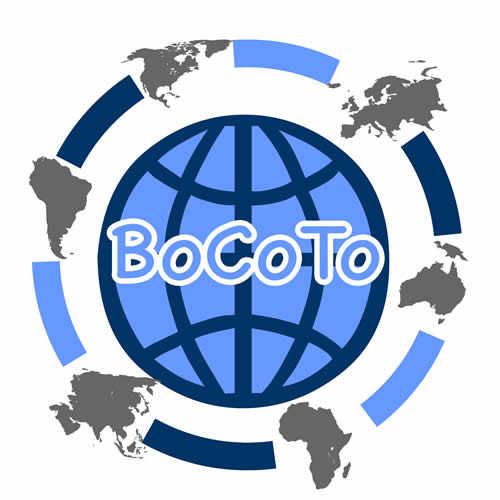Description of the CDT initiative:
This project was a United Nations Joint Project (bringing together UNESCO, UNWTO and UNDP) and was conducted in collaboration with the Turkish Ministry of Culture and Tourism as well as provincial authorities and NGOs of Kars – the focus city of the project. With a budget of almost $3.8 million, is a broad capacity building program, mainly aimed at mobilizing the tourism in Kars in order to reduce the poverty and make better the socio-economic situation of the city’s population.
Geographic location:
Eastern Anatolia
What problem they are trying to solve? What have they accomplished?
Achievements:
Development of a strategic tourism development document for the region.
Trainings delivered to the community in the fields of cultural heritage management, entrepreneurship and business management skills in tourism-related areas of activity.
Marketing and awareness activities related to local tourism as well as safeguarding measures pertaining to tangible and intangible cultural heritage.
The project could be categorized as a more general pro-poor tourism approach rather than specifically community-based tourism. The project covers a 3.5 year time span and a larger population (approx. 300.000) and focuses on various forms of tourism (i.e. cultural, natural and winter tourism) as well as sectors and networks that are relevant to tourism development (intangible culture, agricultural production, and natural resources). Therefore, in spite of the characteristics representing a pro-poor tourism approach, there are certain elements of this project that are compatible with CBT principles:
1. Community as the main beneficiary for the activities: many of the capacity-building initiatives (e.g. awareness raising and on-the-job training activities for tourism) are targeted at the local community as the main beneficiaries.
2. Community participation and ownership: Community ownership of businesses and involvement in the tourism workforce were enhanced via grants for business startups and capacity building. Associations were formed which placed women as the main workforce and the beneficiary for traditional production of local food, dolls, and carpet weaving. Also, workshops and cultural centers were built and given to the service of local artisans (i.e. minstrels, musical instrument makers) free of charge as venues to perform their arts and market their art-related products. One other prominent example relating to tourism is the training programs delivered by the Turkish Ministry of Culture and Tourism to locals, particularly in the less densely populated villages, in order to raise awareness and skills regarding bed and breakfast establishments. Locals interested in converting their houses to bed and breakfasts were further subsidized by the program for a fraction of their conversion costs.
Despite the high level of community focus, many initiatives within the project cannot be said to have satisfied all of the community-based tourism principles. Most particularly, the UNJP, the community, and the Ministry are the main decisive authorities. Even though the voice of the community was heard in designing the capacity-building programs, the existing legal and administrative structures as well as the project goals prevented a desirable level of control by the community with regard to the allocation of resources and/or tourism strategy development. However, a strategy to develop a democratic tourism governance model for the future tourism-related activities in the city was an important output of the capacity building initiatives.
More info: Link
